Module 3 — python data structure
Follow Me :
Materials: http://vinothrsguidance.com/python/
Udemy : https://www.udemy.com/user/vinoth-rathinam/
LinkedIn : https://www.linkedin.com/in/vinothrathinamautomation/
Module 3 — python data structure
Follow Me :
Materials: http://vinothrsguidance.com/python/
Udemy : https://www.udemy.com/user/vinoth-rathinam/
LinkedIn : https://www.linkedin.com/in/vinothrathinamautomation/

📣Discovery Alert: These three new planets are 🔥🔥🔥.
📣 Discovery Alert: These three new planets are 🔥 🔥 🔥
Qatar-8b, 9b and 10b are all gas giants like our own Jupiter and Saturn, but in such tight orbits \xE2\x95️ around their parent stars ☀️ that they hover between 1,457 degrees to 3,000 degrees F.
Art for humanity via technology, for the music geek in you Enjoy:-)
Ge Wang is an assistant professor at Stanford’s Center for Computer Research in Music and Acoustics (CCRMA).
His research focuses on programming languages and interactive software design for computer music, mobile and social music, laptop orchestras and education at the intersection of computer science and music. Wang is the author of the ChucK audio programming language, as well as the founding director of the Stanford Laptop Orchestra (SLOrk) and the Stanford Mobile Phone Orchestra (MoPhO). He is also the co-founder of Smule (which makes social music making apps and has over 100 million users) and the designer of the iPhone’s Ocarina and Magic Piano.
In the spirit of ideas worth spreading, TEDx is a program of local, self-organized events that bring people together to share a TED-like experience. At a TEDx event, TEDTalks video and live speakers combine to spark deep discussion and connection in a small group. These local, self-organized events are branded TEDx, where x = independently organized TED event. The TED Conference provides general guidance for the TEDx program, but individual TEDx events are self-organized.* (*Subject to certain rules and regulations)
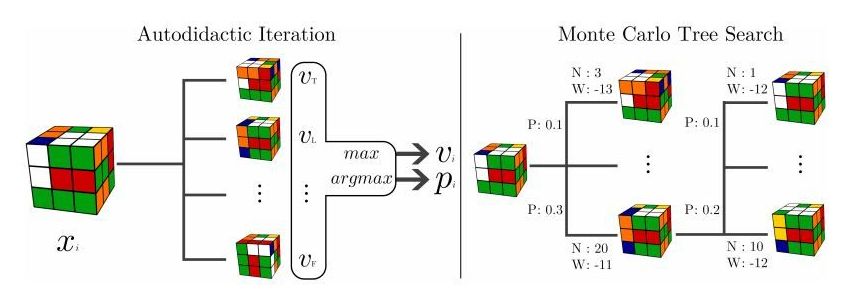
Working strategy, by starting at the desired end destination and then looking back, by connecting the dots as they are presented chronologically (in our present) towards the future, a strategic level of thinking now available to machines.
Unlike chess moves, changes to a Rubik’s Cube are hard to evaluate, which is why deep-learning machines haven’t been able to solve the puzzle on their own. Until now.
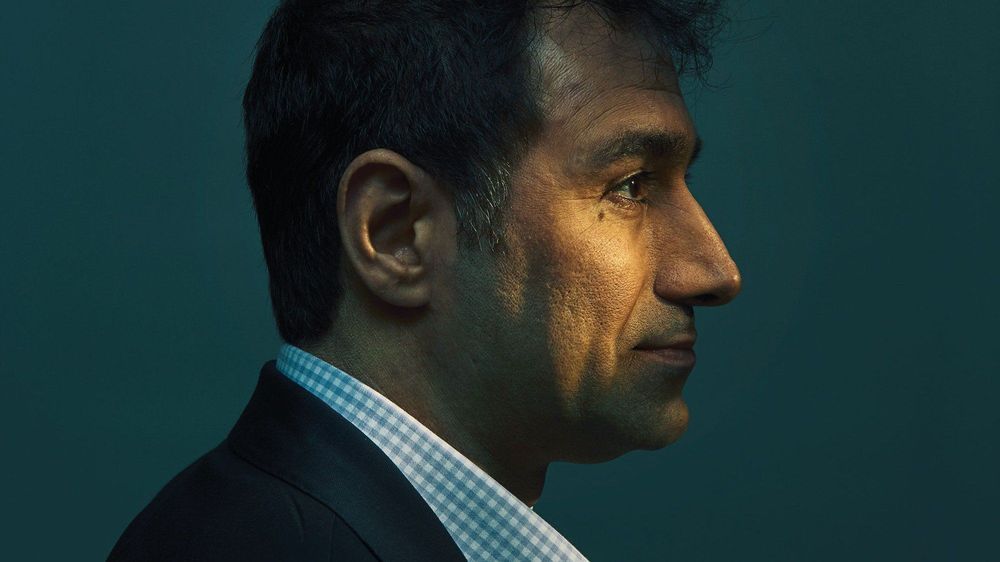
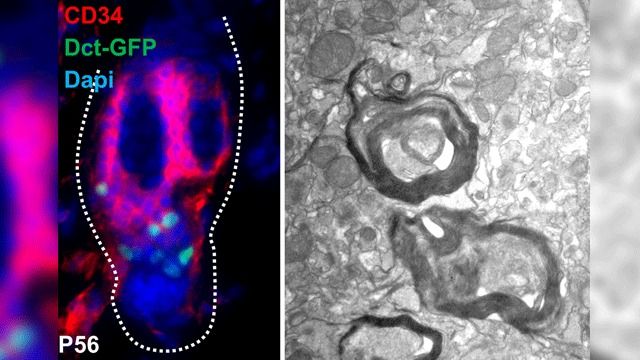
Neurodegenerative diseases like multiple sclerosis (MS) affect millions of people worldwide and occur when parts of the nervous system lose function over time. Researchers at the University of Maryland School of Medicine (UMSOM) have discovered that a type of skin-related stem cell could be used to help regenerate myelin sheaths, a vital part of the nervous system linked to neurodegenerative disorders.
The discovery into these types of stem cells is significant because they could offer a simpler and less invasive alternative to using embryonic stem cells. This early stage research showed that by using these skin-related stem cells, researchers were able to restore myelin sheath formation in mice.
“This research enhances the possibility of identifying human skin stem cells that can be isolated, expanded, and used therapeutically. In the future, we plan to continue our research in this area by determining whether these cells can enhance functional recovery from neuronal injury,” said Thomas J. Hornyak, MD, PhD, Associate Professor and Chairman of the Department of Dermatology, and Principal Investigator in this research. “In the future, we plan to continue our research in this area by determining whether these cells can enhance functional recovery from neuronal injury.”
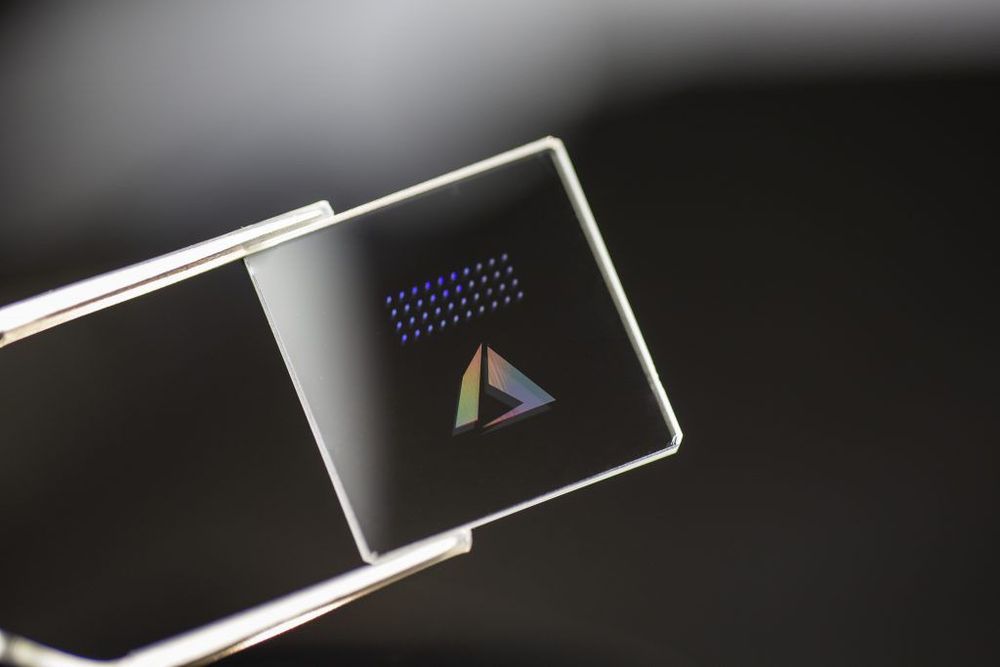
Is developing the first-ever storage technology designed and built from the media up, for the cloud. We are leveraging recent discoveries in ultrafast laser optics to store data in quartz glass by using femtosecond lasers, and building a completely new storage system designed from scratch around this technology. This opens up an incredibly exciting opportunity to challenge and completely re-think traditional storage system design, and to co-design the future hardware and software infrastructure for the cloud.
We are hiring for this and related projects: Post-Doc Researchers in Storage Software and Optical Systems, and internships in Software, FPGA, Electronics and Optics.
This project is a collaboration with the University of Southampton Optoelectonics Research Centre, and was featured in a Microsoft Ignite 2017 keynote on future storage technologies.
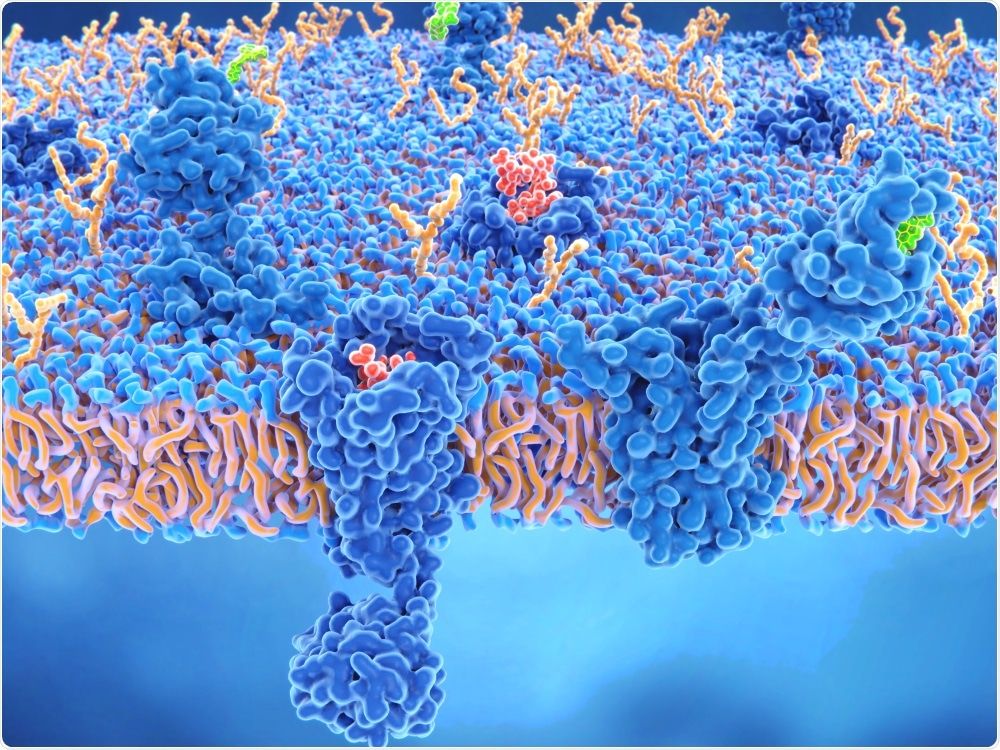
Although most of the research on the endocannabinoid system focuses on its involvement in the CNS and immune systems, a significant amount of research over the past 20 years has demonstrated that this system also plays a role in maintaining several important functions of the skin. This article will examine the functions of the endocannabinoid system on the skin and its involvement in several skin conditions.
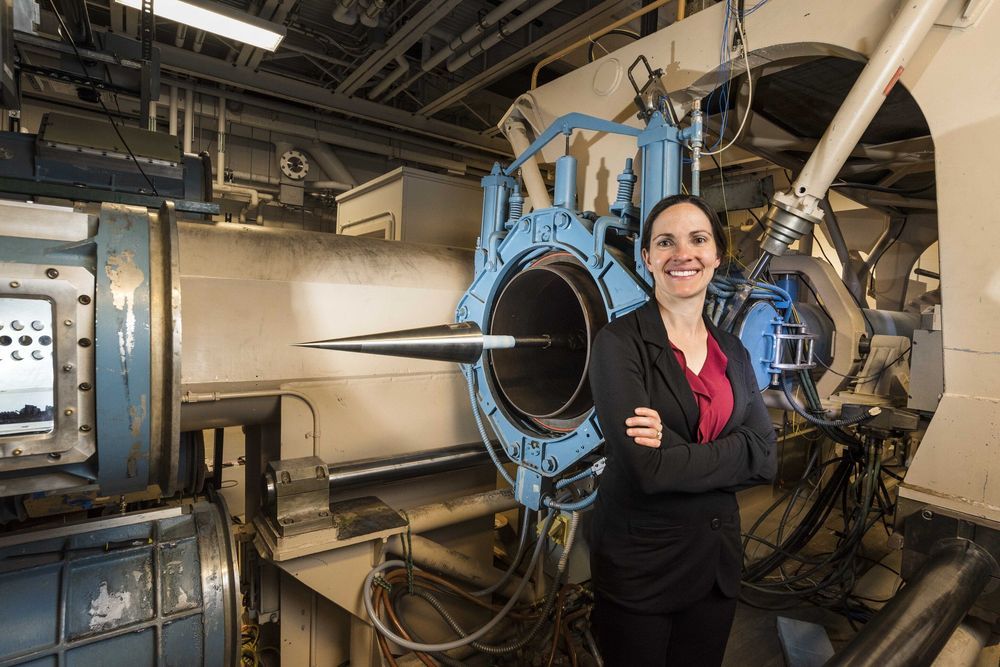
When traveling at five times the speed of sound or faster, the tiniest bit of turbulence is more than a bump in the road, said the Sandia National Laboratories aerospace engineer who for the first time characterized the vibrational effect of the pressure field beneath one of these tiny hypersonic turbulent spots.
“The problem is that these patches of turbulence are really fast and really small,” said researcher Katya Casper. “There are thousands of turbulent spots every second in hypersonic flow, and we need really fast techniques to study their behavior.”
The pressure field is key to understanding how intermittent turbulent spots shake an aircraft flying at Mach 5 or greater, Casper said. Hypersonic vehicles are subjected to high levels of fluctuating pressures and must be engineered to withstand the resulting vibrations.